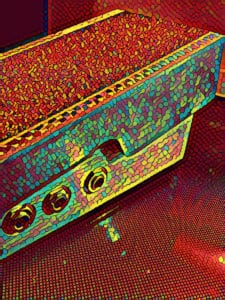As an Amazon Associate Playpedalsteel.com earns from qualifying purchases. This page contains affiliate links.
Most pedal steel guitars have the unique capability to be setup to accommodate different pedal and knee lever configurations for their tuning. Many pedal steels are setup with more standard or traditional configurations, and usually these are either Emmons setups or Day setups for the E9 neck.
The foot pedal and knee lever setups (or configurations) are often referred to as copedents for pedal steel guitar. The main difference between the Emmons setup and Day setup, is that the A and C pedals are reversed in their relative positions on the pedal bar of the pedal steel guitar.
For a Day setup, the pedal that raises the B notes to C# notes is located at the third pedal position, and the pedal that raises the 5th and 4th strings a whole step is located in the first pedal position. The B pedal, which raises the G# notes to A notes is located at the second pedal position for both Day and Emmons setups.
Let’s take a look at the Day setup for pedal steel guitar, and learn more about why some players use this setup…
Why Is It Called a Day Setup?
The Day setup gets its name from the legendary pedal steel player Jimmy Day, who had a strong impact on pedal steel guitar players and culture. Day was a successful recording and performing pedal steel player, who worked with various artists over the years.
Day preferred to have his first and third pedals in the positions mentioned earlier when he played. Over the years, because other players adopted this setup and foot technique, some pedal steel manufacturers began offering the option of Day setups for their pedal steels.
The majority of pedal steel guitars usually are configured with either the Day or Emmons setup, the Emmons setup being the more popular of the two. One setup isn’t necessarily better than the other, as both just require a different manner of playing (and learning how to use the pedals fluidly from a physical standpoint).
What is the Full Copedent of a Day Setup?
The biggest difference between the Day setup and Emmons setup is in the foot pedal configuration. You can view some copedent charts that display the full configurations for each setup here.
As you can see, both the Emmons and Day setups are relatively similar. If you’re deciding on which setup to begin learning and playing on, it can be helpful to understand the differences in how each setup plays.
Why Choose the Day Setup?
If you’re going to play the Day setup, it may be helpful to have a clear understanding of your intentions behind doing so. Are you playing it because the Emmons setup wasn’t working out at all for you? Or, was Jimmy Day a big influence on you as a player, so you’d like to adapt your playing style accordingly?
Also, you may be new to pedal steel guitar and are curious as to which setup to begin learning on, so that you get the most out of your playing in the long run. When all is said and done, it is usually just a matter of utilizing different foot movements and thus developing muscle memory for whichever setup you choose.

For the most part, you can achieve the same playing level and goals for both the Day and Emmons setups, it’s just a matter of learning different foot movements for each. Many people find it more natural to play the Emmons setup. However, if you start learning one or the other from the very start of your pedal steel playing, then you’ll likely acknowledge the setup you play as feeling the most natural to you from experience.
Pros and Cons of the Day Setup
If you’re influenced by Jimmy Day as a player, then it can certainly feel good to play his setup when developing your playing. You’ll be able to draw from his licks and foot movement style to influence your playing.
However, many people find the Emmons setup to feel more natural to them because of the way the foot pivots for playing the 1st and 2nd pedals. Since the pedals that raise the B notes to C#, and the G# notes to A, are often used more when playing the E9 neck than any other pedals, it can make sense to have your foot feel as efficient and comfortable in making this movement. For most people, this is easier on the Emmons setup.
Every player is different though, and you may find it easier to utilize the Day setup as far as pivoting your left foot goes just because it physically feels better. No matter what setup you play, you’ll eventually want to have accurate control over using any combination of pedals as you play. This makes it evident that in the long run, it really doesn’t matter which setup you choose, as long as you can achieve your playing goals on the instrument.
Where to Find Pedal Steels With Day Setup
Most modern day pedal steel manufacturers can build a pedal steel guitar for you with the Day setup, if that’s the setup you’d prefer. If you’re looking for a used pedal steel, then there are likely going to be far less options for guitars with a Day setup compared to the Emmons setup.
However, there are still a good amount of Day setup pedal steel guitars in existence, and it’s usually just a matter of keeping a lookout on the market for when one is available that fits your criteria.
Also, you can always buy a pedal steel guitar with an Emmons setup, and then have it professionally setup for the Day setup. To do this, you’ll need to find a pedal steel professional that can do this type of work, has availability, and make sure that the setup fits your budget. Oftentimes, this kind of setup can cost about $300-$400.
It may be challenging to find a pedal steel professional that can do this type of work in your area, due to how niche the instrument is. However, for an extra cost, you could always ship your pedal steel to a professional to have this work done.
Conclusion
If you decide to play Day setup, or just want to experiment with playing it for awhile, then it can certainly be a worthwhile means for creating music on the pedal steel guitar. Jimmy Day made a great career out of using this setup, which proves that the setup can go a long ways in the hands of a player that utilizes it well.
Thanks for checking out this page, hope it is helpful and makes playing more enjoyable! If you’re interested in diving deeper into playing E9 pedal steel, check out these resources and guides…
The Chord Guide for E9 Pedal Steel (E-Book, Digital Download)
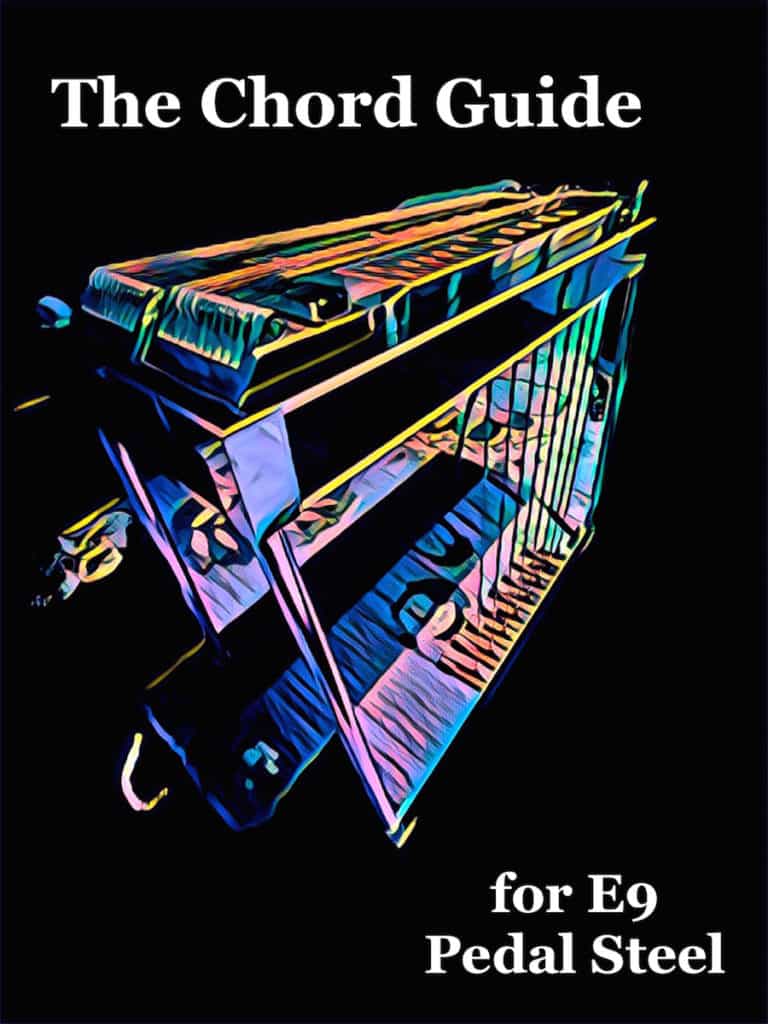
Learn the chords on the E9 neck in a way that makes playing simple and enjoyable…
- Almost Every Chord You’ll Ever Need for E9
- Intuitive and Easy to Use
- Make Use of Pedal and Lever Combinations
- Example Tabs of Chord Movements
- Easily Utilize the Nashville Number System
- Great For Any Key and Style of Music
Includes a bonus section of over a hundred pages of extra chord charts, key references, and more!
You may also like…
200 Country Riffs & Licks for E9 Pedal Steel
Add these country licks to your playing repertoire…
- Easy to Read Format
- Includes Rhythmic Notation
- Playing Over Chord Changes
- Great for Country, Alt-Country, & Honky-Tonk Styles
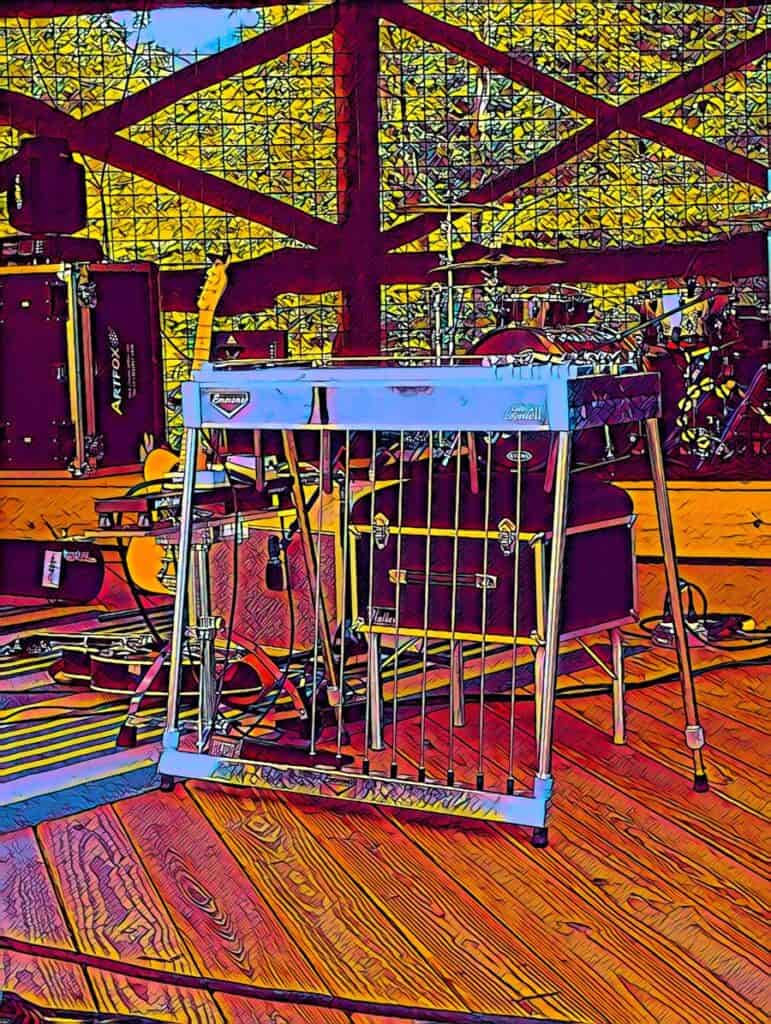
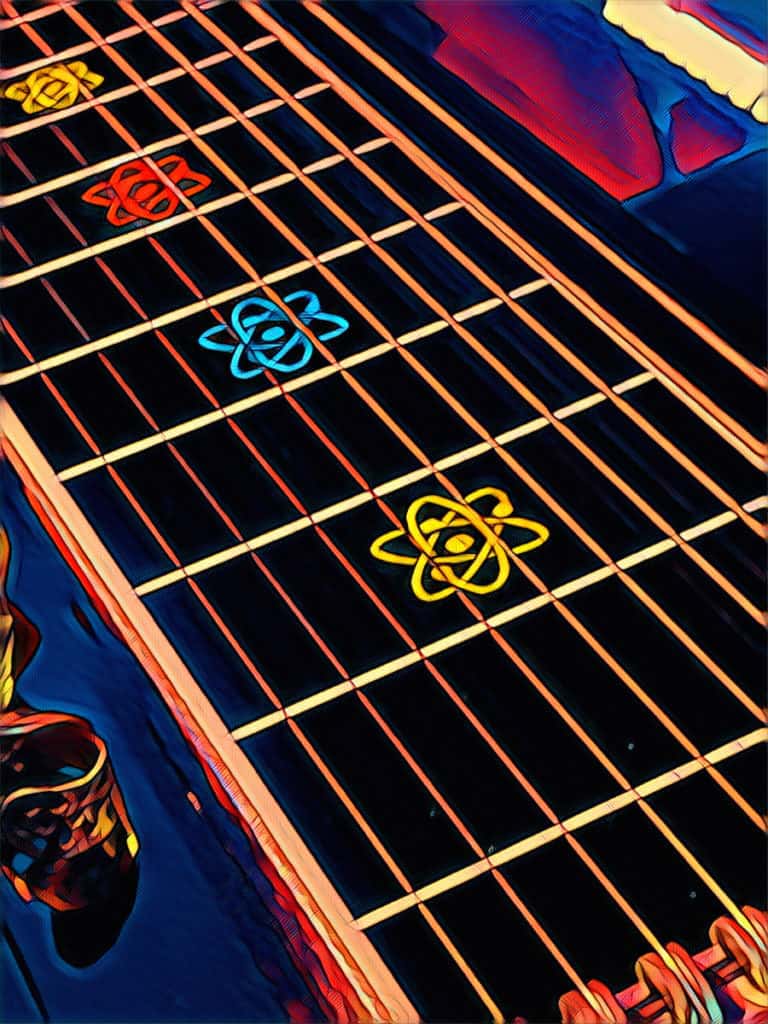
The Scale Book for E9 Pedal Steel
Over 1,000 Pages with Tabs and Diagrams!
- Easy to Use Reference for Practicing
- All Major and Minor Pentatonic Scales, Modes, Major Scales
- All Keys, and Covers the Fretboard
- Includes Pockets of Scales
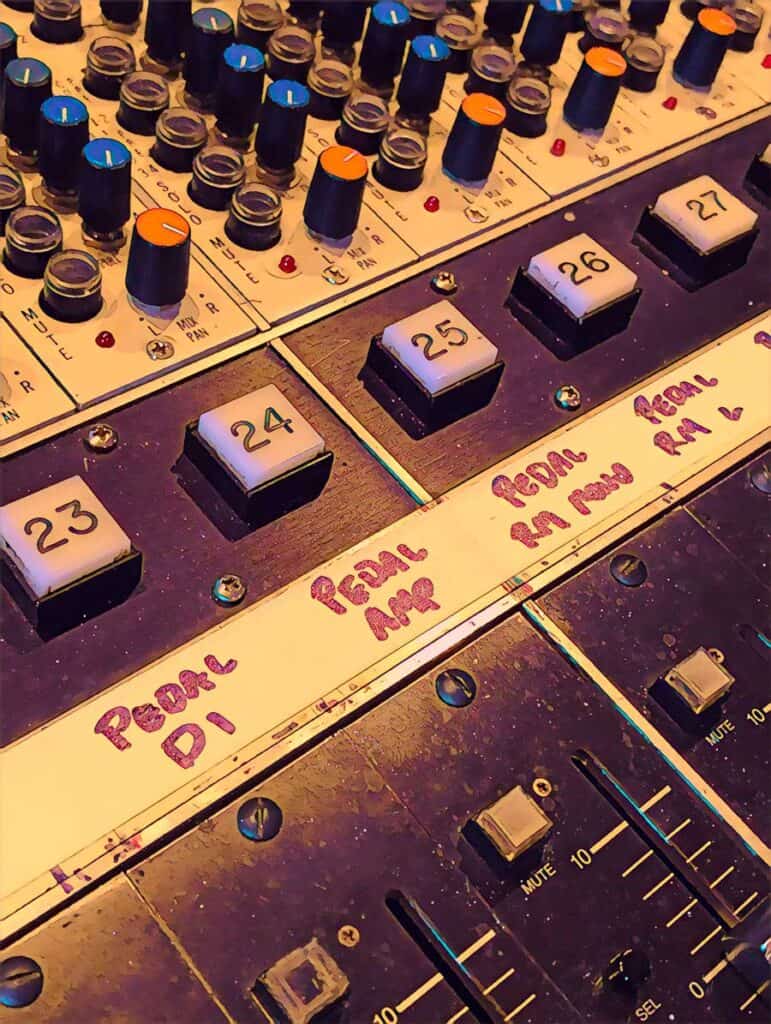
Harmonized 6ths
- Hundreds of Riffs, Licks, and More
- How To Play Sixth Intervals on the E9 Neck – Over Any Chord
- Utilizes The Pedals and Knee Levers
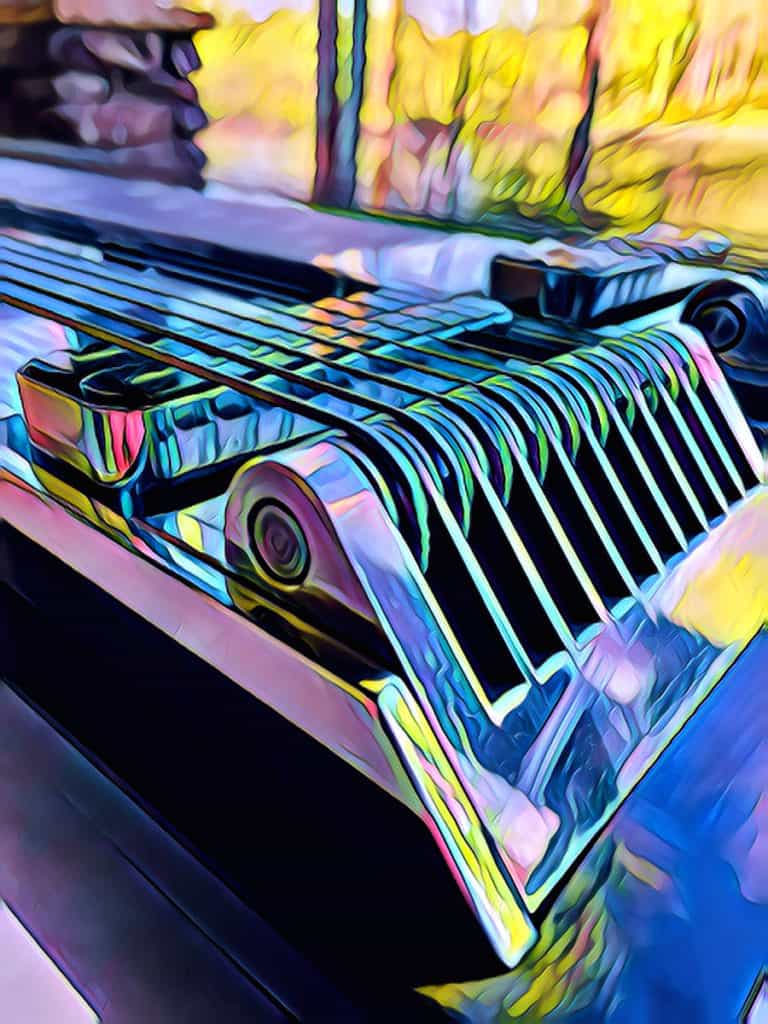
Right Hand Picking & Blocking
- An In-Depth Guide to Picking and Blocking
- Perfect Your Technique
- Includes Graphics, Illustrations, & Practice Exercises
